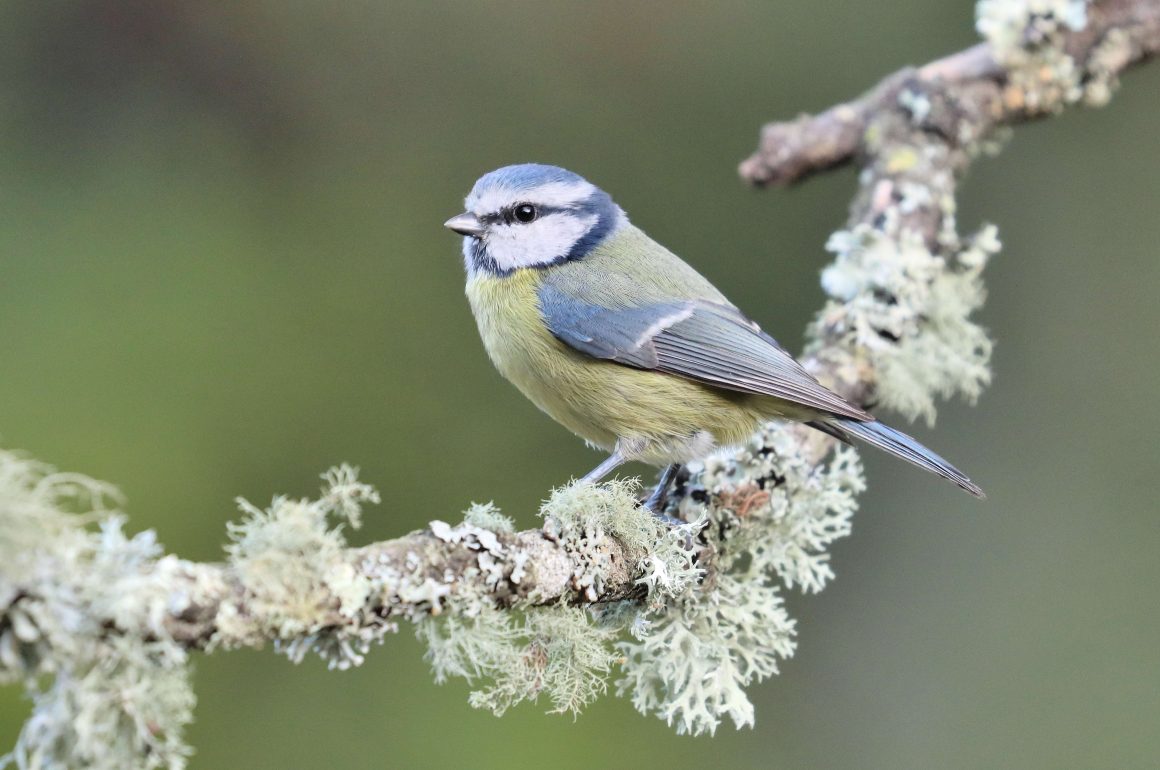
One of the most annoying qualities of sustainability-conscious people – lovingly called “unwashed, long-haired greenies” by right-wing politicians – is the tendency to tell people not to do things. Not to fly, not to drive a car, not to eat meat, and it keeps going on. Whereas the intent is good – we do need to keep this planet in good shape – the message is easily ignored or dismissed. Case in point: I ridiculed “the greenies” in my opening sentence, and I love sustainability!
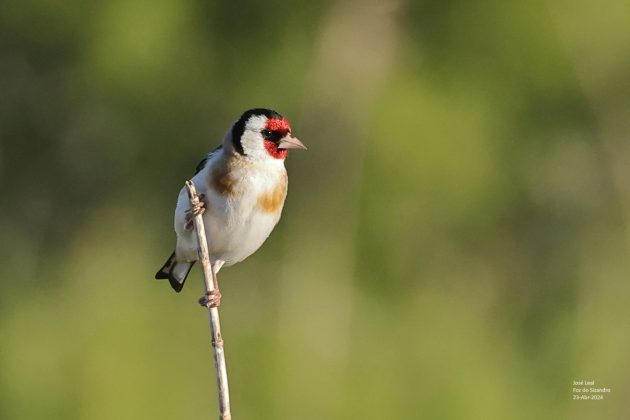
Although I do not have a shred of evidence I believe a positive message will work much better. It’s intuitive. For example, insulating your home saves you money and better even, drinking wine helps with bio-diversity! Yes, drinking wine is sustainable and fun. So provided one is of legal drinking age how does it work? Just chug away that red wine and hey presto? Not really, and it isn’t the wine, it’s the packaging that matters.
To be precise, the cork. Cork oak forests are among the most bio-diverse biomes. The cork is a natural product from the cork oak Quercus suber. The tree has to grow for almost two decades before the first harvest and then it will give a crop of bottle stoppers every 9 years. Harvesting is a manual process with little impact on the trees and the forest. Harvesting is done at the height of summer when all self-respecting birds have finished breeding. Most of the world’s cork comes from Portugal. What needs to be beneath the cork? As with all good things, time is of the essence. To be able to provide you with good advice my wife and I had a baby in the early 90-ies, raised him and put him through a series of schools until he was a full-fledged sommelier. That sommelier has now tasted several wines that have three things in common: the wine is Portuguese, the bottles have a proper cork, and there’s a relevant bird on the label. Here are our joint notes.
In the long years between harvests, the oak grove owners need revenue from their land and this is where the Iberian Pig plays an important role. Before its inevitable demise, the pig eats the fallen acorns and turns the woody seeds into delicious (and healthy) fat deposits on its haunches. Haunches turn into hams during a rather unfortunate process for the pig and jamon iberico/presunto is the end result. Eating acorns is trinca bolotas in Portuguese, our first wine.
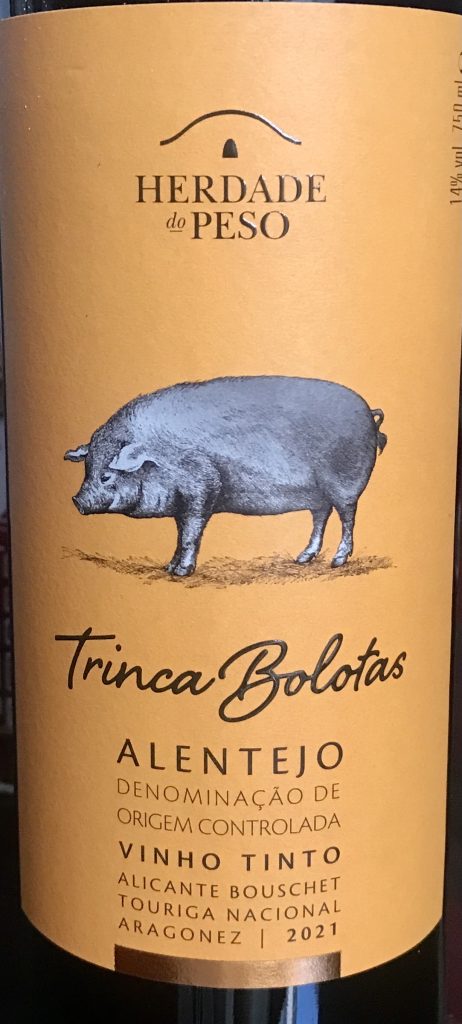
The first impression is the sparkling of alcohol on the nose but after a short wait the wine becomes very rounded and smooth. The flavours that come through strongest are red fruit and plums. However, the wine is not very intense of flavour. After a bit of a swirl with the glass to let the air in, you will barely notice any tannins. That’s good for the smoothness but reduces the potential for keeping in the cellar for later consumption. It’s probably best to buy a bottle and drink it straight away! Serve it with the ham…
Some people can’t go on the internet for long without looking at tits. For these birders we present the Blue Tit. Yes, there’s a good wine to test that features the chapim on the label so we can drag ourselves out of the gutter. I know the bird on the label is not a Blue Tit, but a Great Tit, but I wanted to avoid further lechery… oh no, there you go again…
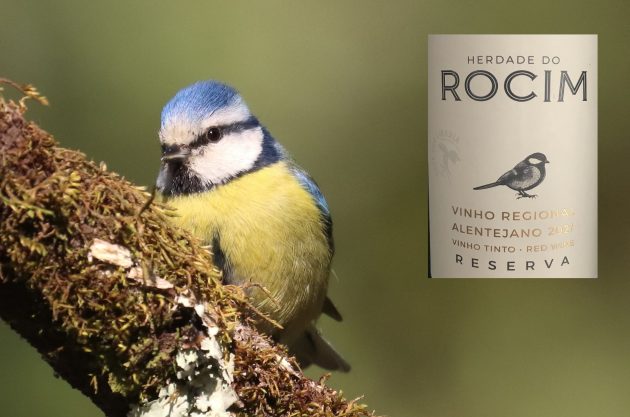
This wine has the same grapes as the previous wine: Touriga Nacional (of port fame), Alicante Bouschet and Aragonez. The wine exhibits a stronger taste of blueberries, blackberries and oak (vanilla). This “reserva” would have to be oaky as the term means storage on oak barriques. The wine is smooth and balanced. Take it easy with this wine – the 14.5% alcohol is both indicative of the warm climate of the Alentejo and rises to the head quickly. The high alcohol percentage isn’t noticeable in the wine’s taste which is a strong indication of good wine making. This wine retails at a slightly higher price than our first wine and the overall quality is in line with the price tag. Very good with barbecue or game, like venison.
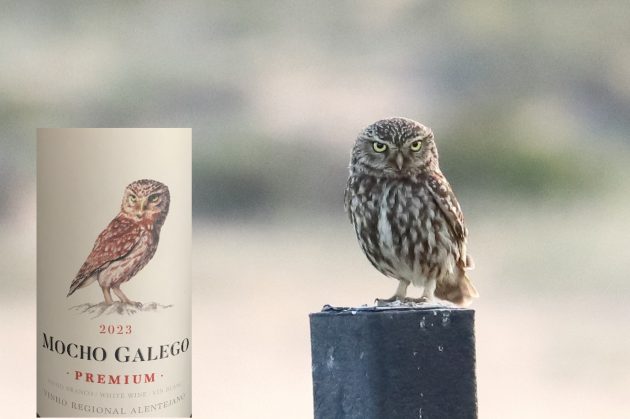
Our third wine, Mocho Galego Premium, celebrates the Little Owl. The Little Owl may not be as cute as the Eurasian Scops Owl, but it tends to be more visible and even comes out during the day.
The wine is both floral and fruity – a good metaphor for the cork grove landscape. Floral due to the Viognier content, fruity from the Antão Vaz grapes. The combination achieves balance through the light acids. This wine will go well with a variety of dishes (fish, veal, pasta). Our sommelier thought the wine would have improved by letting it in storage a bit longer and allowing oxygen to do its work a bit longer. Once opened, he also thought of leaving the wine overnight. Both strategies failed miserably due to the deliciousness of the wine.
In winter, Common Crane – grou in Portuguese – visits the cork oak groves in droves. I have written about these annual visitors before and I can’t impress on you enough to come and pay them a visit.
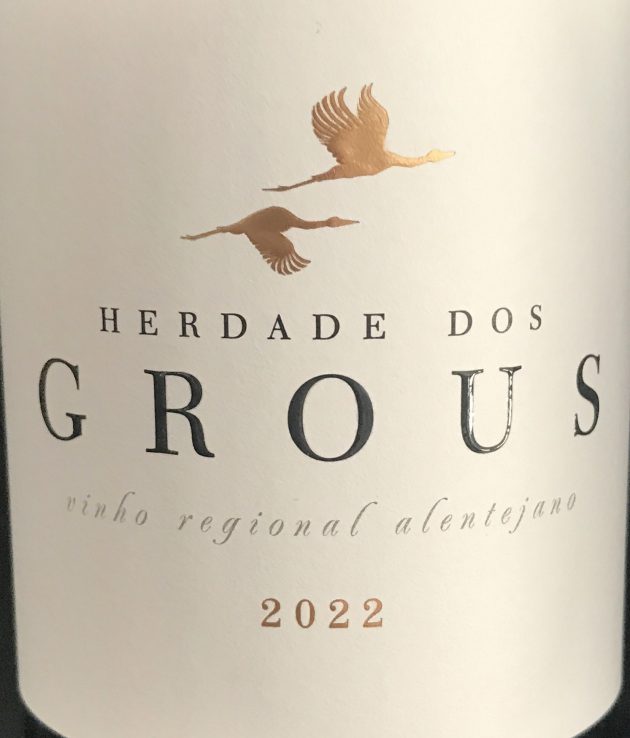
While our sommelier expected tannins the wine provided complex red fruity tastes, spicy but without a hint of astringency. The four grape varietals come through well, nicely balanced too. This wine will go well with meat and mushrooms or just on its own, with some nice (Portuguese) cheese. This estate has a eBird hotspot and you can spend the night.
Lisbon is famous for its street art – there are some truly impressive paintings on show. The best displays tend to be in less well-off areas, providing a welcome counter-weight to the upmarket museums and galleries. Personally, I like the street art better – especially when it features the European Blackbird. The switching station this art has beautified obviously benefitted from the connection with the songster, but would the wine fare as well?
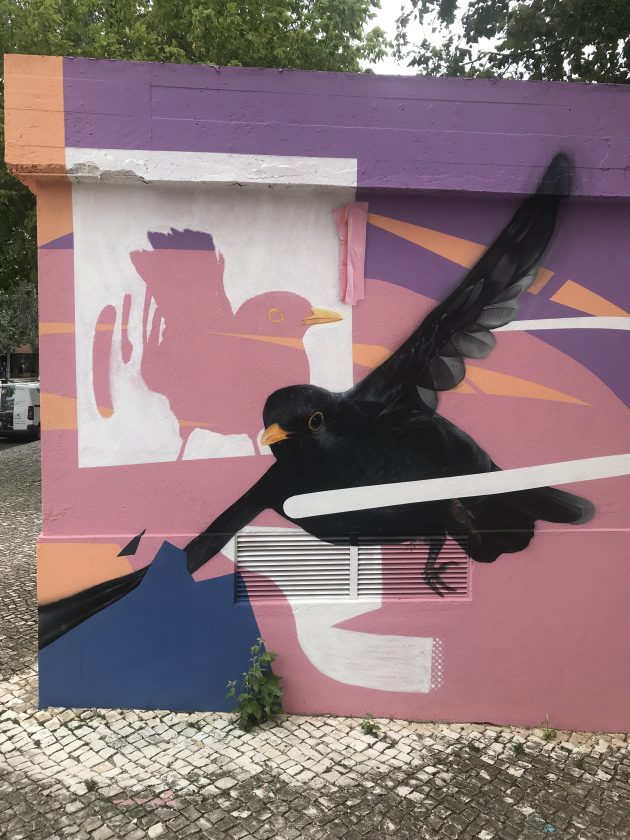
This vinho verde made by the Esporão estate was as expected: fresh with tropical fruit tones and lots and lots of citrus. When pouring, the wine sparkled lightly but the usual light fizz of a vinho verde wasn’t obvious. The fizz is the result of picking the grapes early, pressing immediately and then straight to fermentation. The tasted bottle was two years’ old which will have affected the carbonic gases. The wine had matured to the level where the tropical fruit has become more apparent. For those who fancy the freshness it is better to drink this wine within two years of bottling. For those who can wait, the wine combines best with non-acidic dishes. With an acidic dish the wine’s acid would become too overwhelming. Esporão is a wine estate worth visiting. It is 100% biological/organic and since it lies well-positioned in a region with lots of natural areas it should not come as a surprise that the estate features a eBird hotspot.
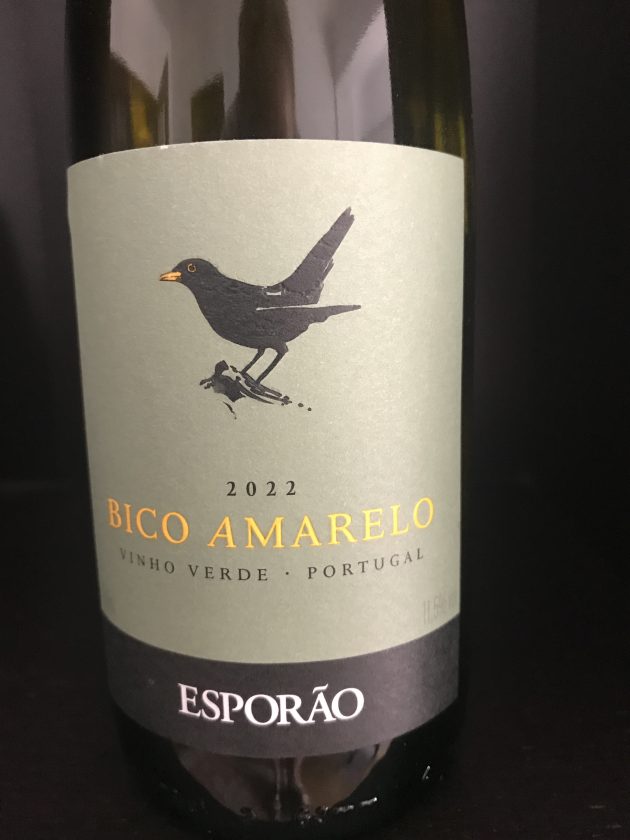
The tasted wines cost between € 8 and € 20 in a Portuguese shop, add the middleman’s cost for your location. Better, go to Portugal. Wine is an alcoholic beverage so moderation is advised. However, wine makes an excellent gift so spread the goodness, but make sure it has a cork stopper. By giving away wine, you will still be sustaining the cork oak groves while sparing your liver.
The beautiful bird pictures were kindly provided by José Leal and the tasting notes are by Walter Joost Penning.







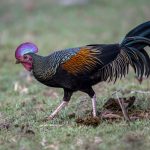





A good read. Last night I opened a bottle of Papa Figos (Golden Oriole) wine, from the Duoro region of Portugal. It has a picture of a female Golden Oriole on its label. It’s one of my favourite wines, but I was saddened to find that this bottle had a scewtop, not a cork. This is despite being bottled in Portugal.
The label informs that “Papa Figos is one of the rarest birds of the Duoro. It is a migratory bird with a bright and attractive plumage and arrives in the Duoro in the spring when the vines begin to bloom and it heads south in late summer when the harvest is being prepared…”
Wow…what else can I say…Peter’s articles always include elements of the social, physical, and environmental settings of his avian adventures around the world – and this time he brings in the cork oak groves of Portugal as the setting to help us in selecting wines! …and Peter, you are rarely “politically correct” so if the bird on the label is “Great” please call it like you see it lest you result in your reader misidentifying this species in the future!
For those who want to see the cranes, there will be a festival in Campo Maior: https://geda.pt/vii-festival-dos-grous-em-preparacao-e-ja-tem-data/
More festivals on this webpage: https://grousportugal.org/festivais-de-grous/